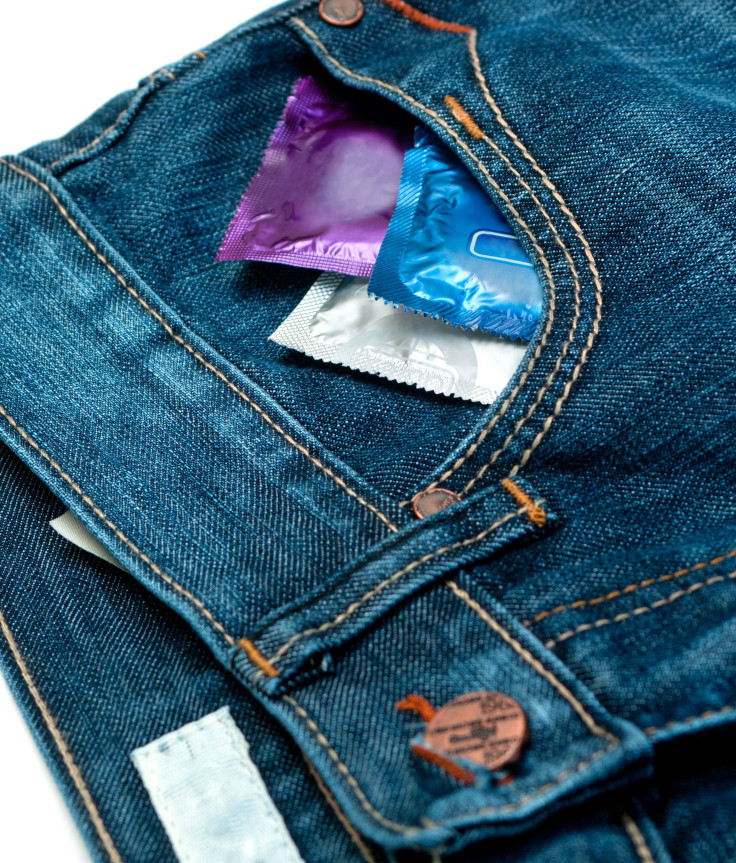Florida School District With Unusually High HIV Rate Set To Mandate Sex Education Classes

Broward County, Fla. has the highest HIV/AIDS rates in the United States, and officials hope to curb those numbers by introducing sex education requirements to county classrooms. The new mandate, if passed, would require schools to teach sex ed once a year in every grade, and would also require schools to process annual reports.
“Our hope is to ensure schools start talking about [sexual health] often, that students are not getting a hodgepodge and that sex education is more consistent,” Amalio Nieves, director of diversity outreach and prevention for the school district, told the Sun Sentinel. The school board will vote on the issue in 2014.
The Sun Sentinel reports that in 2011, some 17,000 residents of Broward County had human immunodeficiency virus (HIV), and that out of the 1,040 new cases that year, 146 were under the age of 24. A district survey also showed that 13 percent of high schoolers in the area were never taught about HIV or acquired immune deficiency syndrome (AIDS) in school. “That data shows missed opportunities, lives that could have been saved,” Robin Bartleman, a school board member, told the Sun Sentinel. “I wholeheartedly support a comprehensive sex education curriculum. It’s time.”
According to Think Progress, however, Broward County isn’t the only part of the country that has high HIV/AIDS rates in correlation with little to no sex education in schools. Much of the country’s high HIV rates are seen in the South, where students are often provided with little sex education. According to the National Conference of State Legislatures, 22 states and the District of Columbia require that public schools teach sex education, but only 20 mandate both sex and HIV education. Thirty-three other states simply require that students receive instruction about HIV/AIDS. The Centers for Disease Control and Prevention (CDC) estimates that 47 percent of all high school students have had sex, and 15 percent of those have had sex with four or more partners; nearly 40 percent of students who had had sex within three months of the CDC survey did not use a condom. The CDC also states that nearly half of the 19 million new STD cases per year are attributed to young people between the ages of 15 and 24.
Sex education advocates believe implementing medically accurate lessons will lead students to a healthier, safer, and a more holistic outlook on sex as they grow up. “As many teens go on to become sexually misinformed adults, they’re likely to experience sex ranging from less than satisfactory to hazardous to their health, often simply for lack of awareness about how to make better choices in their sex life,” Melissa White writes on the Huffington Post. But a large number of people and organizations in the U.S. oppose sex education programs in schools, fearing that such instruction will push students toward sexual behaviors, rather than toward abstinence, which they believe is the safest path of all. The Abstinence Clearinghouse, for example, is a nonprofit that promotes sexual abstinence and believes that the implementation of sexual abstinence programs in schools is the only way to prevent premarital pregnancies and abortions: "Abstinence Education Programs teach building self-esteem, developing values/character traits, formulating goals ... preventing STDs ... learning etiquette and manners" as well as "aspiring to marriage," the organization's sex education position says.
Meanwhile, others particularly in Broward County, believe the new policy could prevent many STD or HIV infections as well as youth pregnancies. “No one ever told me what I was supposed to be doing once I did become sexually active, and at 16 I became pregnant,” former Broward student Diane Macias told the Sun Sentinel. “It may be too late to be the difference of a lifetime for me, but we still have a chance to change so many lives.”



























